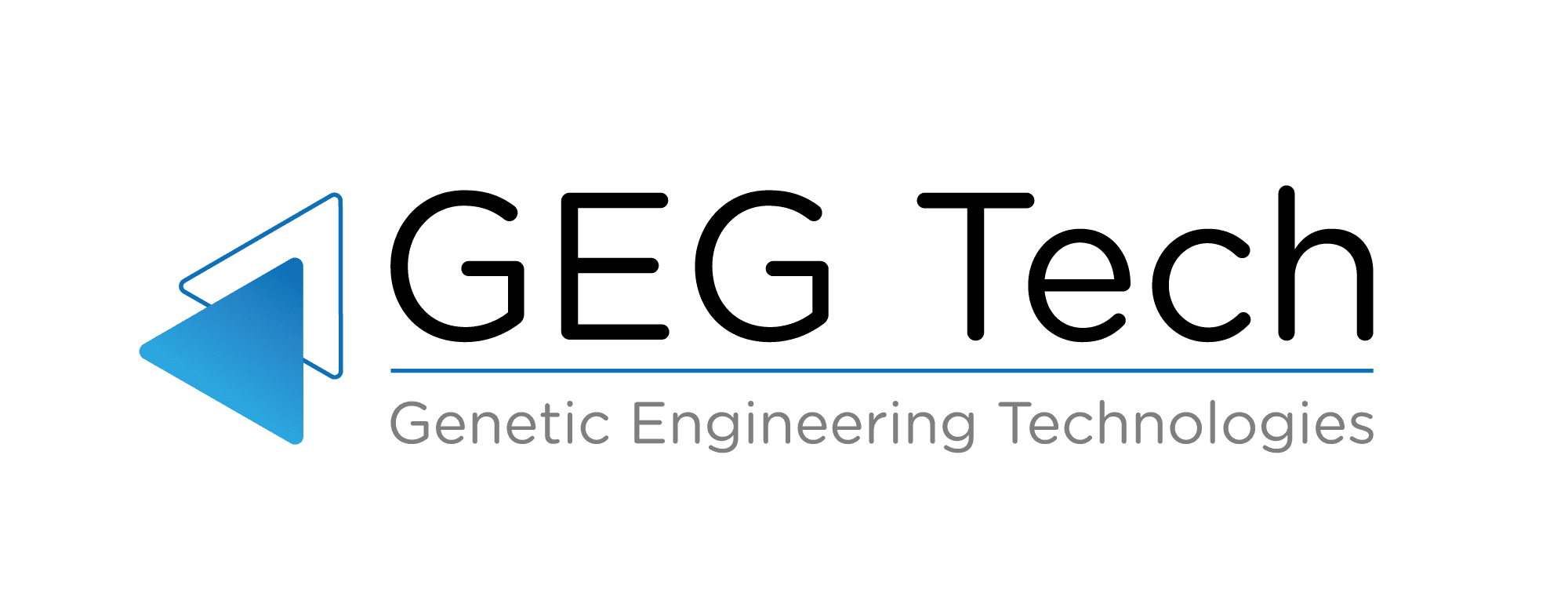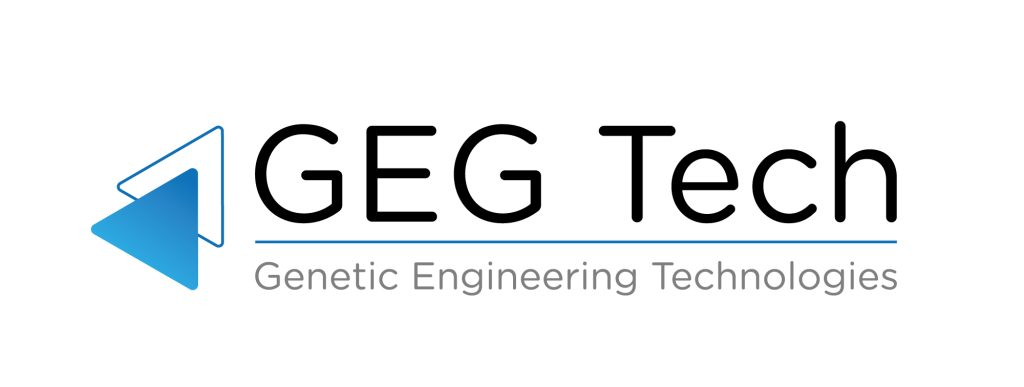Alternative oxidase (AOX)

Alternative oxidase (AOX) has been identified as a potential therapeutic agent for mitochondrial diseases for several years. Naturally present only in plants, its fonctions in insects and vertebrates was unknow so far. The first transgenic mouse model was produced by GEG Tech’s Team (El-Khoury R, et al. (2013)), validating the safety of stable expression of […]
Live tracking of HIV-1 based lentiviral vectors
First-ever live tracking of HIV-1 based lentiviral vectors in human cells Technology breakthrough: visualization of lentivirus genomes in living cells using ANCHOR technology. We are proud to announce that we obtain great results through a collaborative project with NeoVirTech, a company developing auto fluorescent virus for imaging and screening applications. GEG Tech has validated the […]
Preclinical Evaluation of a Lentiviral Vector for Huntingtin Silencing

Huntington’s disease (HD) is an autosomal dominant neurodegenerative disorder resulting from a polyglutamine expansion in the huntingtin (HTT) protein. There is currently no cure for this disease, but recent studies suggest that RNAi to downregulate the expression of both normal and mutant HTT is a promising therapeutic approach. In a first study, the authors developed […]
Erythropoietin expression in dividing cells

Episomal lentiviral vectors confer erythropoietin expression in dividing cells Lentiviral vectors have evolved over the last decade as powerful and reliable gene transfer tools for dividing and non-dividing cells because they possess a large packaging capacity, weak immunogenesis, and a high flexible of design. However, in some cases, the integrating feature of lentiviral vectors may […]
Novel vesiculovirus envelope glycoproteins

Pseudotyping of lentiviral vector with novel vesiculovirus envelope glycoproteins derived from Chandipura and Piry viruses Lentiviral vectors are commonly pseudotyped with the heterologous envelope VSV-G due to its broad host tropism and stability conferred. However, in some cases, the sensibility of VSV-G by human complement hinders the use of lentiviral vectors for broader applications. In […]
Strain-promoted click reaction

Surface modification via strain-promoted click reaction facilitates targeted lentiviral transduction Since the last decade, the Lentiviral Vector has emerged as a promising vector for gene delivery. This is coming from its high efficiency to transduce a large variety of cells in vitro as well as in vivo. Moreover, the Lentiviral Vector has a high degree of design flexibility […]
3rd Generation Cocal Envelope Producer Cell Lines

Development of 3rd Generation Cocal Envelope Producer Cell Lines for Robust Lentiviral Gene Transfer into Hematopoietic Stem Cells and T Cells Lentiviral vectors (LVs) are currently considered the gold standard for hematopoietic stem cell (HSC) gene therapy and for immunotherapies with genetically modified T cells. LVs have commonly been pseudotyped with the heterologous vesicular stomatitis […]
Highly efficient in vitro and in vivo delivery of functional RNAs using new versatile MS2-chimeric retrovirus-like particles

RNA delivery is an attractive strategy to achieve transient gene expression in research projects and in cell- or gene-based therapies. However, RNA transfer tools developed until that are not enough efficient to be used in primary cells and in vivo. Viral vector constitute an efficient platform for nucleic acid delivery. In this study, the authors […]

